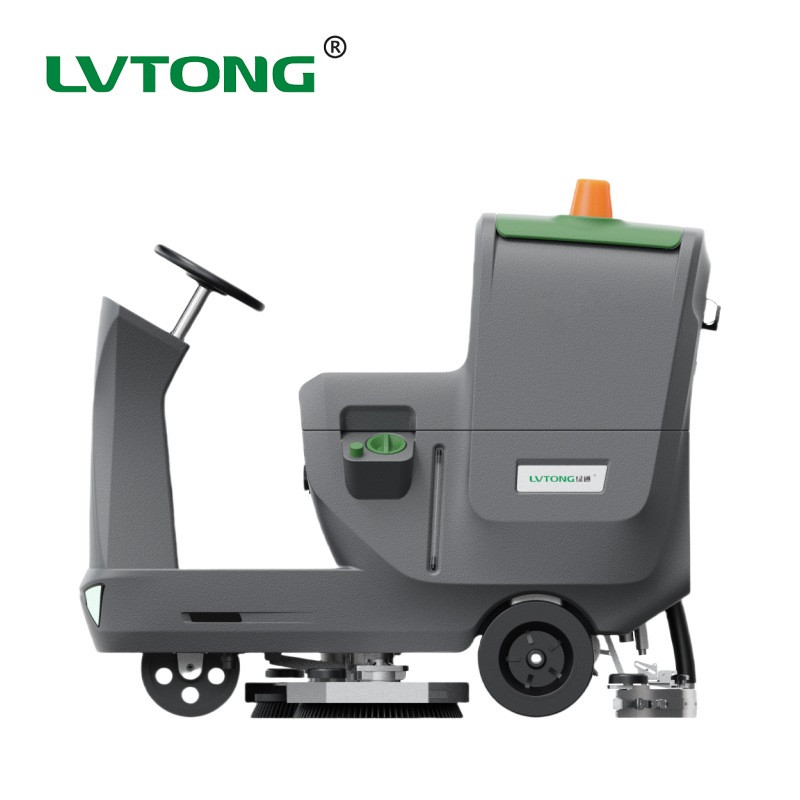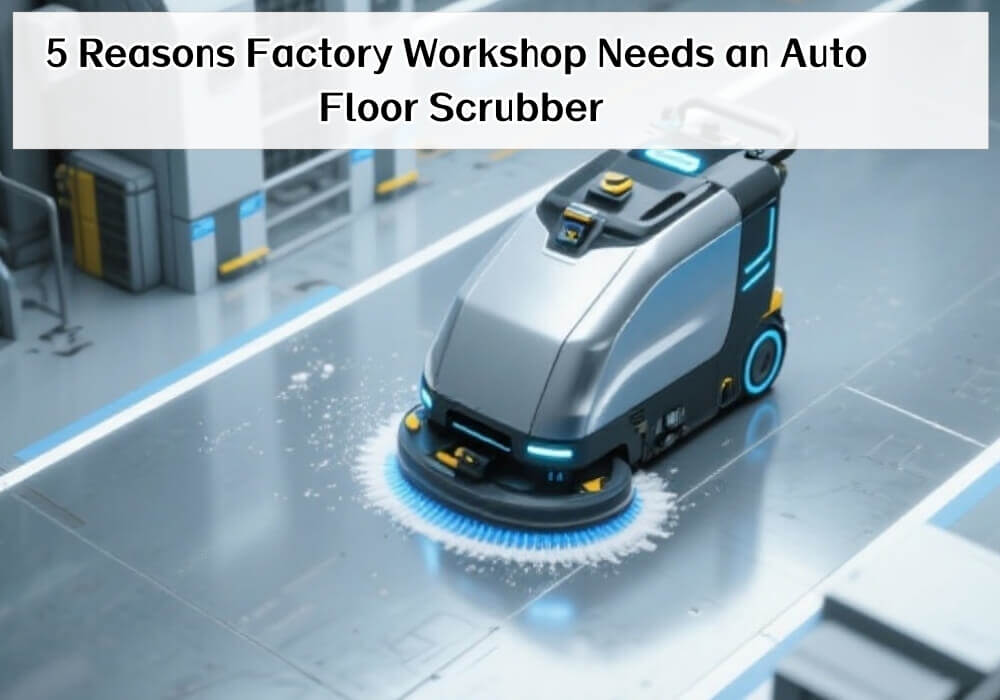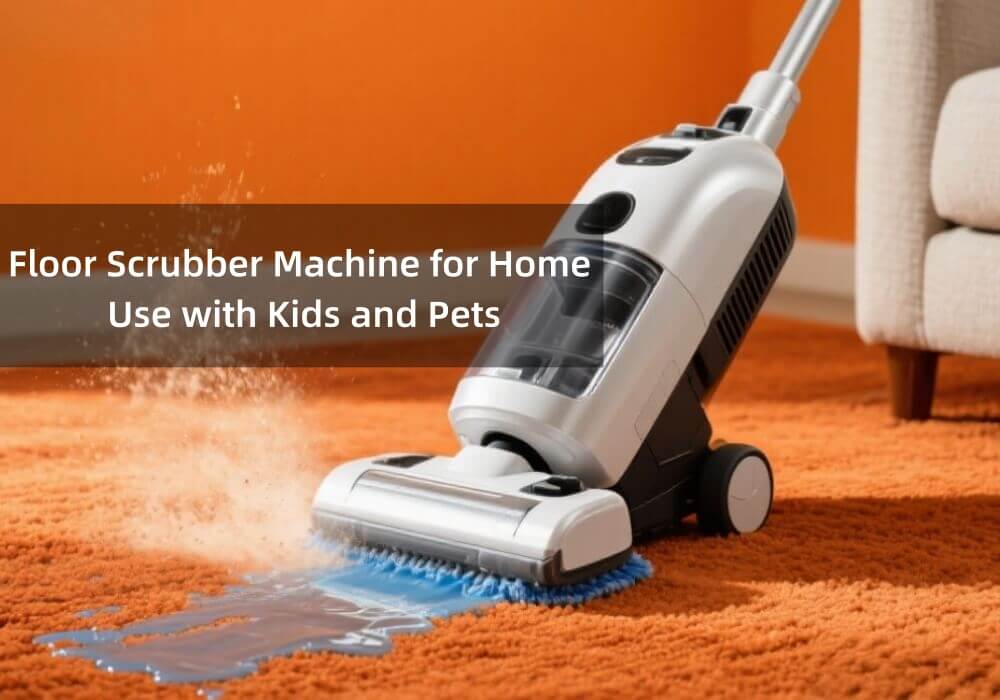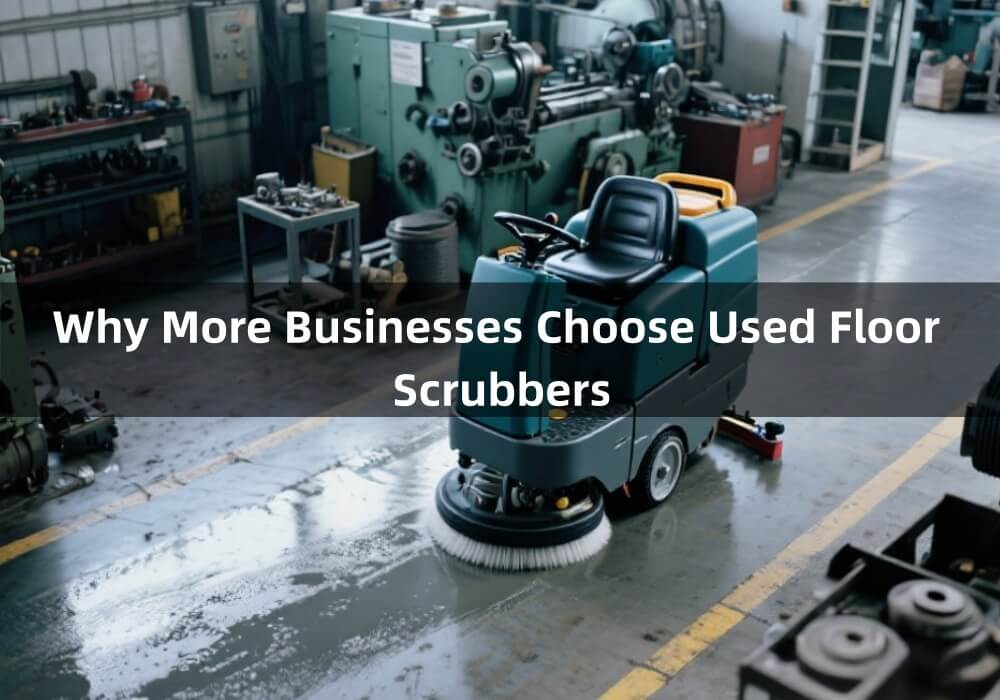Introduction
By 2030, the global market size of industrial floor scrubbers and vacuum cleaners will exceed $30.2 billion, with a compound annual growth rate (CAGR) of 12.3%. Intelligent over 60%, lithium electrification rate over 85%. The Asia Pacific region holds a 42% share, with China becoming the largest single market. The industry has entered an era of dual track competition between "technology oligarchs" and "scenario solution providers", with the top five companies controlling over 55% of the high-end market share.

Market Size
Global Market Size Forecast (2023-2030)
Year | Market Size (in billions of USD) | Growth Rate | Proportion of Intelligent Devices |
2023 | 135 | - | 28% |
2025 | 180 | 16.1% | 38% |
2028 | 243 | 13.5% | 51% |
2030 | 298 | 10.7% | 63% |
Data Source: Frost&Sullivan model revision
Product Structure Segmentation
Floor Scrubber Dryer: Accounting for 35% (126.4 billion yuan) by 2030
Driving factors: Upgrading of manufacturing cleanliness standards (ISO 14644), mandatory requirements for food and pharmaceutical GMP certification
Floor Sweeper Machine: accounting for 25% (91.6 billion yuan) by 2030
Driving factor: outbreak of large-scale warehousing and logistics centers (surge in demand for single warehouses exceeding 100000 m²)
Vacuum Cleaners: 15% by 2030
Mop: 10% by 2030
Other: 15% by 2030
Growth Factors
Walk Behind Floor Scrubber
- China policy requires a comprehensive utilization rate of industrial solid waste of ≥ 75% by 2027
- The EU's Industrial Emissions Directive (IED) mandates a 40% reduction in VOCs emissions
- By 2030, the cost of lithium batteries will be reduced to 0.08 USD/Wh, and the full lifecycle cost of electric equipment will be 32% lower than that of fuel equipment
- Global manufacturing labor costs increase by 7% annually, with automation equipment investment payback period reduced to 1.8 years
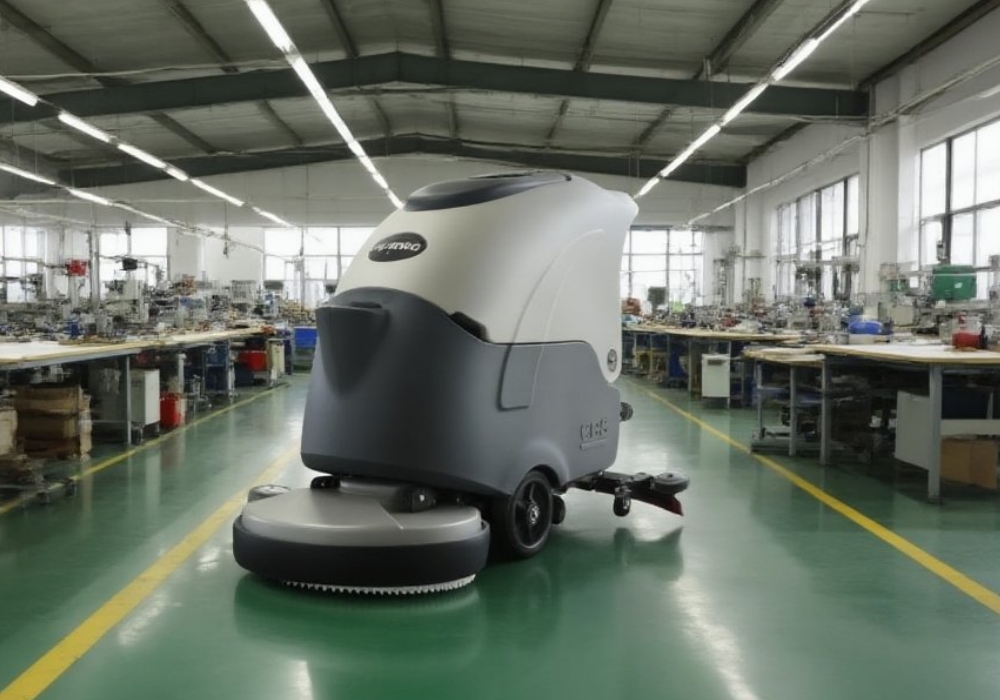
Regional Market
Market Share
Region | Market Share | CAGR | Leading Demand Scenario |
Asia-Pacific | 42% | 14.5% | Electronics/Automotive Manufacturing |
North America | 28% | 10.2% | Warehousing and Logistics Aerospace |
Europe | 25% | 9.8% | Pharmaceutical/Food Processing |
Other regions | 5% | 15.1% | Mining/Heavy Industry |
Key Market Analysis
China: Reach size of $1.4 billion by 2030 (35% globally)
Policy: Due to the promotion of environmental protection policies, the penetration rate of intelligent industrial cleaning equipment in China is expected to be ≥ 50% by 2050, and it is expected to reach 70% by 2030.
US: Lithium ion devices account for 91% (Forced by EPA Tier 5 emission standards)
Germany: Industry 4.0 cleaning standards drive demand for high-end models (Unit price>$27397) accounting for 40%

Competitive Landscape
Core Manufacturers
Tier | Representing Enterprises | Market Share | Strategic Tags |
Leader | Kärcher、Tennant | 31% | Full-scenario solution + Cloud platform |
Challenger | Nilfisk | 24% | Vertical industry customization |
Segmented King | HILE、AiROn | 17% | Semiconductor/Medical Ultra-clean Equipment |
New Power | Quicktron、ECOVACS | 15% | Robot cluster dispatching system |
Others | Regional Brand | 13% | Cost-effective alternative |
Technology Development Trends
Intelligent Development
Technology | Penetration Rate in 2025 | Penetration Rate in 2030 | Value Creation Point |
AI Visual Cleaning | 35% | 82% | Reduce repeated cleaning energy consumption by 40% |
5G Cluster Scheduling | 18% | 67% | Improve equipment utilization by 200% |
Digital Twin | 8% | 45% | 60% reduction in preventive maintenance costs |
Disruptive Technology
The newly developed product by Ecovacs DEEBOT PRO has the function of base compatibility with floor cleaning/sweeping/disinfection modules, which can reduce the total cost of ownership for users by 35%.
Samsung SDI solid-state battery empowers devices to reduce weight by 50%, with a 12 hour endurance
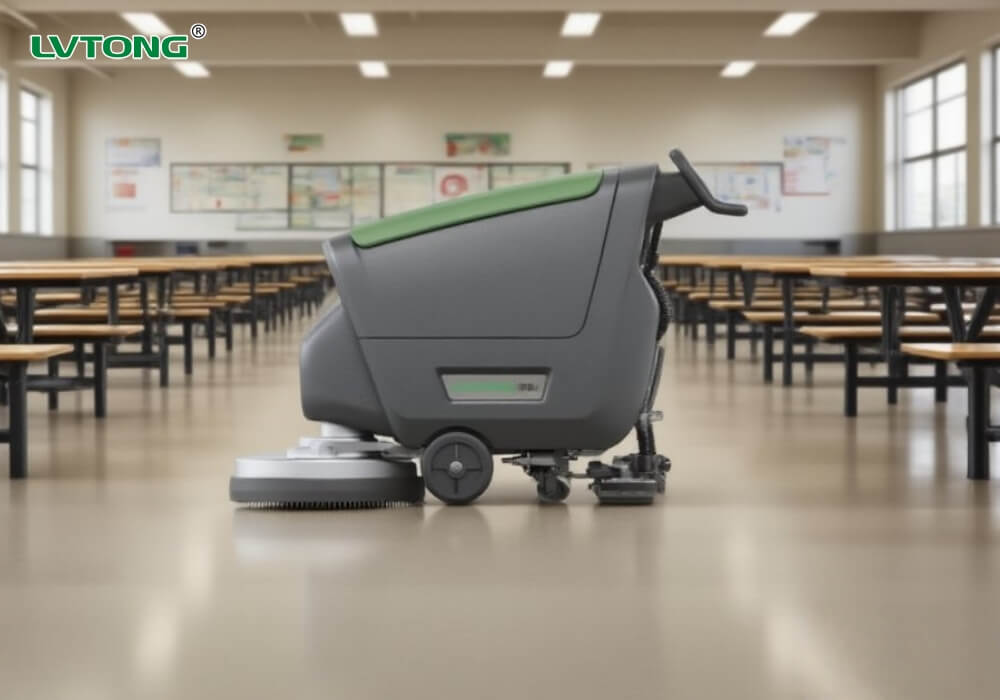
Pain Points and Breakthrough Solutions
Existing Challenges
- Severe homogeneous competition and fierce price wars
- Customer needs are becoming increasingly complex and refined
- The initial purchase cost is high and the customer decision cycle is long
- The level of intelligence and digitalization varies
- Environmental protection regulations are becoming more stringent
Methods and Strategies
- Deeply cultivate segmented markets and provide customized solutions
- Increase and optimize the transformation of intelligent and digital technologies
- Innovate business models and lower customer barriers
- Strengthen core technology innovation and differentiation
- Build an excellent digital service system

Product Technology and Regional Policies in 2030
Technical parameters
Index | Floor Scrubber Dryer (Industrial Grade) | Industrial Floor Sweeper (AGV Type) | Technological Breakthrough Point |
Cleaning Efficiency | ≥5,000㎡/h(Lithium Battery) | ≥25,000㎡/h | Multi machine collaborative path optimization algorithm |
Water Recovery Rate | 98% (Ultrafiltration membrane+Vacuum suction) | N/A | German MANN+HUMMEL Filter Technology |
Positioning Accuracy | ±1cm (UWB+LiDAR fusion) | ±0.5cm (Beidou III Enhanced) | High-Precision Positioning |
Endurance Capability | 12h (solid-state battery 120kWh) | 18h (hydrogen fuel cell system) | Toyota Mirai battery stack miniaturization |
Human-Computer Interaction | AR glasses remotely guide repairs | Voice command response < 0.3s | iFLYTEK Industrial Semantic Model |
Regional Policy
- Carbon Border Tax (CBAM):23% additional tax on imports of non-electric cleaning equipmen
- EN 60335-2-72: Floor scrubber noise limit ≤ 58dB(A)
- GB 36893-2025 "Green Factory Evaluation Standard":Cleaning equipment energy consumption ≤ 0.15kWh/㎡
- New regulations for the semiconductor industry:Class 10 clean rooms require sweepers to release less than 5 dust particles/ft³
- OSHA 1926.602: Autonomous driving equipment must pass UL 3300 safety certification (anti-collision response < 0.1s)
- California CCA: Warehousing companies must use 100% renewable energy to drive equipment

Investment Value and Strategy
High Potential Applications
Segment | Growth | Barriers | Profit Margin | Overall Rating |
Lithium-powered ultra-high pressure floor scrubber | ★★★★★ | ★★★★ | 35-42% | S Degree |
Semiconductor dust-free sweeping robot | ★★★★☆ | ★★★★★ | 48-55% | S Degree |
Cold chain warehouse deicing and floor scrubber | ★★★★ | ★★★☆ | 28-33% | A Degree |
Development Direction
- Intelligence and Internet of Things
- Green environmental protection and safety technology
- Human-computer interaction capabilities
- Special application scenarios and customization
- Hydrogen energy batteries subvert the lithium battery landscape
Conclusion
By 2030, the market size of industrial cleaning equipment will further expand. In the field of intelligence, its products will develop in a more intelligent direction. Moreover, In the market, the share of the Asia-Pacific region will further expand, especially China. Enterprises should improve their independent innovation and R&D capabilities and produce distinctive cleaning equipment to occupy their own market share.


